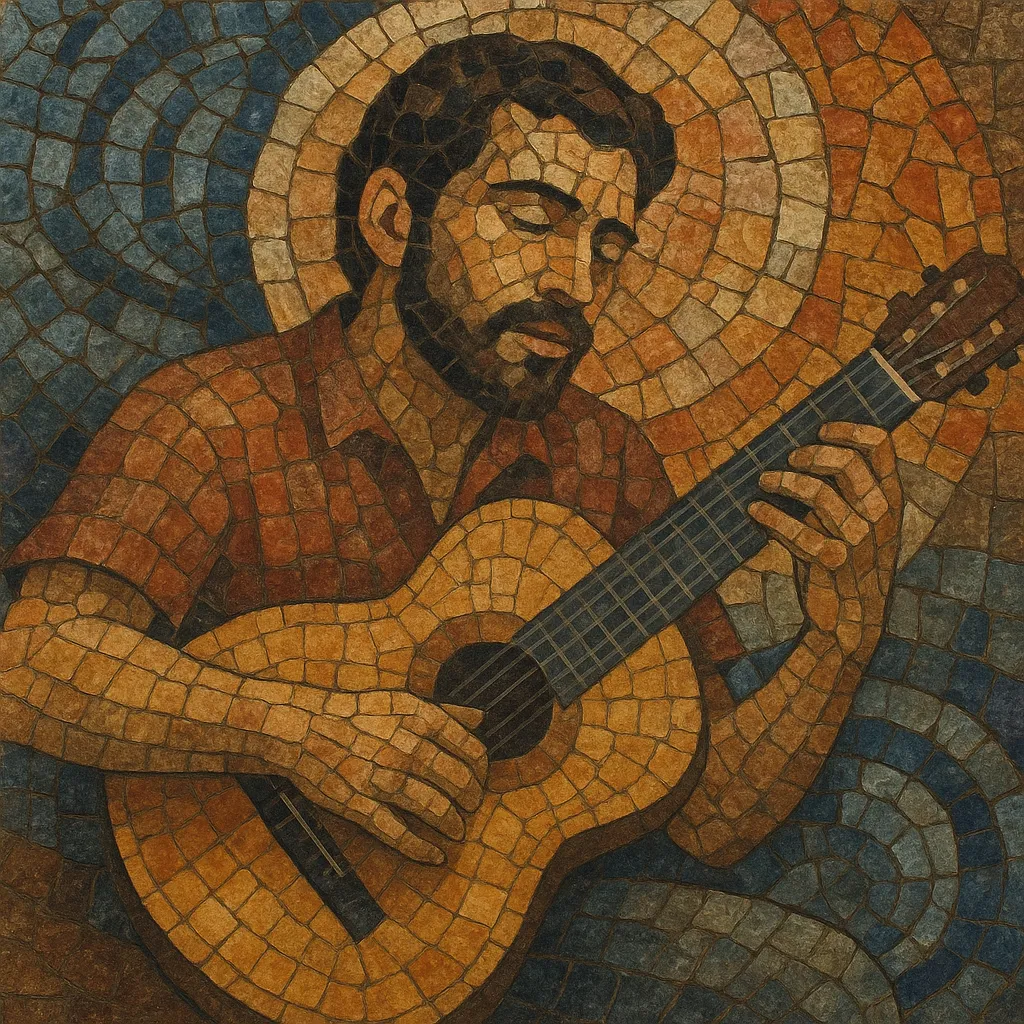Trova is a Cuban singer‑songwriter tradition that emerged in the late 19th century, centered on itinerant guitar‑accompanied vocalists who composed and performed their own songs.
Characterized by intimate, lyrical delivery and refined guitar accompaniment, trova blends Spanish poetic songcraft with Cuban rhythmic sensibilities (notably the habanera pulse). Themes commonly include love, longing, social observation, and patriotic sentiment, often presented in strophic forms suitable for serenades or small gatherings.
The tradition laid the groundwork for Cuban bolero and later songwriter movements, preserving a focus on melody, poetic text, and expressive, ornamented vocal lines.
Trova arose in eastern Cuba (especially Santiago de Cuba) in the late 19th century, when itinerant singer‑guitarists (trovadores) performed romantic and patriotic songs in streets, cafés, and salons. José "Pepe" Sánchez is often cited as the father of Cuban trova; his 1883 song "Tristezas" is widely considered the first Cuban bolero, showing how trova songwriting catalyzed new Cuban forms.
Early masters such as Sindo Garay, Manuel Corona, Alberto Villalón, Rosendo Ruiz Sr., and María Teresa Vera refined the style’s melodic lyricism and sophisticated guitar work. Their songs balanced Spanish poetic traditions with Cuban rhythmic feels (notably the habanera) and became repertoire for both salon performance and popular serenades, helping standardize strophic song forms and a guitar‑led aesthetic.
While trova remained an intimate singer‑songwriter practice, its harmonic language and lyrical focus directly nourished the rise of bolero, which adopted trova’s romantic themes and melodic phrasing. Some trovadores also intersected with son and other popular currents, expanding instrumentation and performance contexts while retaining the core songwriter identity.
The filin ("feeling") movement modernized trova’s harmonic palette with jazz‑inflected chords and crooner aesthetics, keeping the songwriter focus but embracing richer harmony and phrasing. This period bridged classic trova and later socially conscious currents.
Trova’s ethos—poetic lyrics, melodic centrality, and guitar‑led intimacy—flowed into nueva trova and broader nueva canción movements, shaping Latin American singer‑songwriter traditions. Parallel styles such as Yucatecan trova in Mexico confirm its regional impact. Today, trova endures both as a historical repertoire and as a living practice among contemporary cantautores.


